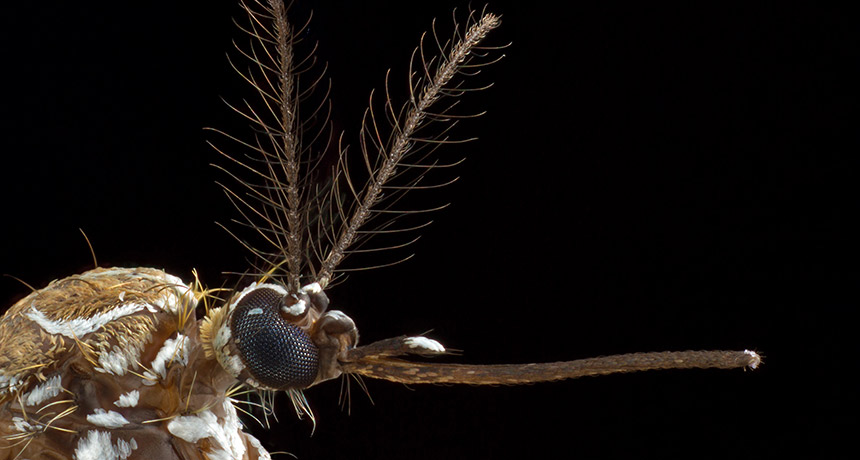Aedes aegypti A species of mosquito that can transmit the viruses responsible for several tropical diseases, including dengue fever, yellow fever and West Nile disease.
biology The study of living things. The scientists who study them are known as biologists.
carbon The chemical element having the atomic number 6. It is the physical basis of all life on Earth. Carbon exists freely as graphite and diamond. It is an important part of coal, limestone and petroleum, and is capable of self-bonding, chemically, to form an enormous number of chemically, biologically and commercially important molecules.
carbon dioxide (or CO2) A colorless, odorless gas produced by all animals when the oxygen they inhale reacts with the carbon-rich foods that they’ve eaten. Carbon dioxide also is released when organic matter burns (including fossil fuels like oil or gas). Carbon dioxide acts as a greenhouse gas, trapping heat in Earth’s atmosphere. Plants convert carbon dioxide into oxygen during photosynthesis, the process they use to make their own food.
chemical A substance formed from two or more atoms that unite (bond) in a fixed proportion and structure. For example, water is a chemical made when two hydrogen atoms bond to one oxygen atom. Its chemical formula is H2O. Chemical also can be an adjective to describe properties of materials that are the result of various reactions between different compounds.
colleague Someone who works with another; a co-worker or team member.
component Something that is part of something else (such as pieces that go on an electronic circuit board or ingredients that go into a cookie recipe).
compound (often used as a synonym for chemical) A compound is a substance formed when two or more chemical elements unite (bond) in fixed proportions. For example, water is a compound made of two hydrogen atoms bonded to one oxygen atom. Its chemical symbol is H2O.
dengue A potentially lethal infectious disease transmitted by mosquitoes. No vaccine yet exists to prevent infection with the virus responsible for the disease, which causes high fevers, severe headache, joint pain, pain behind the eyes, rash, bone pain and sometimes mild bleeding. A more severe form of the disease, known as dengue hemorrhagic fever can cause uncontrolled bleeding if not treated right away.
information (as opposed to data) Facts provided or trends learned about something or someone, often as a result of studying data.
insect A type of arthropod that as an adult will have six segmented legs and three body parts: a head, thorax and abdomen. There are hundreds of thousands of insects, which include bees, beetles, flies and moths.
lactic acid A chemical compound commonly found in milk and in exercising muscles.
microbiome The scientific term for the entirety of the microorganisms — bacteria, viruses, fungi and more — that take up permanent residence on or within the body of a human or other animal.
moisture Small amounts of water present in the air, as vapor. It can also be present as a liquid, such as water droplets condensed on the inside of a window, or dampness present in clothing or soil.
molecule An electrically neutral group of atoms that represents the smallest possible amount of a chemical compound. Molecules can be made of single types of atoms or of different types. For example, the oxygen in the air is made of two oxygen atoms (O2), but water is made of two hydrogen atoms and one oxygen atom (H2O).
protein A compound made from one or more long chains of amino acids. Proteins are an essential part of all living organisms. They form the basis of living cells, muscle and tissues; they also do the work inside of cells. Among the better-known, stand-alone proteins are the hemoglobin (in blood) and the antibodies (also in blood) that attempt to fight infections. Medicines frequently work by latching onto proteins.
species A group of similar organisms capable of producing offspring that can survive and reproduce.
vertebrate The group of animals with a brain, two eyes, and a stiff nerve cord or backbone running down the back. This group includes amphibians, reptiles, birds, mammals and most fish.
Zika A viral disease that can be transmitted to humans via mosquitoes. About 20 percent of infected people get sick. Symptoms include a slight fever, rash and pinkeye and usually fade quickly. A growing body of evidence suggests that the virus could also cause a devastating birth defect — microcephaly.








